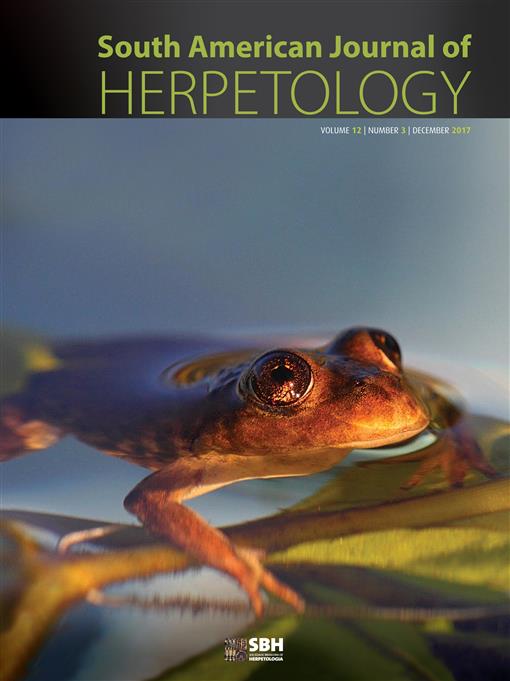Species that present a disjunct distribution pose the question of how much the isolated populations differentiated from each other. The teiid lizard Kentropyx striata is an inhabitant of áreas of savanna in northern South América, including several savanna enclaves within Amazônia. The population from Sipaliwini savanna, at the southern border of Suriname, was proposed to represent a distinct subspecies (Kentropyx striata viridicervix), but this proposition was not widely accepted due to the extensive variation observed outside Suriname and the necessity of an analysis of geographic variation in the whole group, which had not been done. Here, we performed a Discriminant Function Analysis of the morphological traits of five geographically isolated groups of K. striata from Brazil and Suriname, compared snout-vent length and hemipenis separately, and performed a Procrustes Analysis to evaluate the degree to which geographic distance could explain the differences. Even though each of these groups clustered in the multivariate space, none was completely isolated from others, with recognition between groups ranging from 50-81%. Hemipenes were similar in all groups and correlation between morphological and geographic distance was low (t0 = 0.37). We conclude that there is no basis for subspecies or additional species recognition within Kentropyx striata and suggest that these groups became isolated in relatively recent times, similarly to what has been recovered for other inhabitants of Amazônian savannas.
How to translate text using browser tools
1 December 2017
Geographic Variation in Kentropyx striata (Reptilia: Teiidae): Can We Distinguish Between Isolated Populations?
Teresa C.S. Avila-Pires,
Giovanni S. Palheta,
Marcelia B. Silva,
Marcelo J. Sturaro
ACCESS THE FULL ARTICLE
Amazônian savannas
External morphology
geographic variation
Hemipenis
lizard
Squamata





